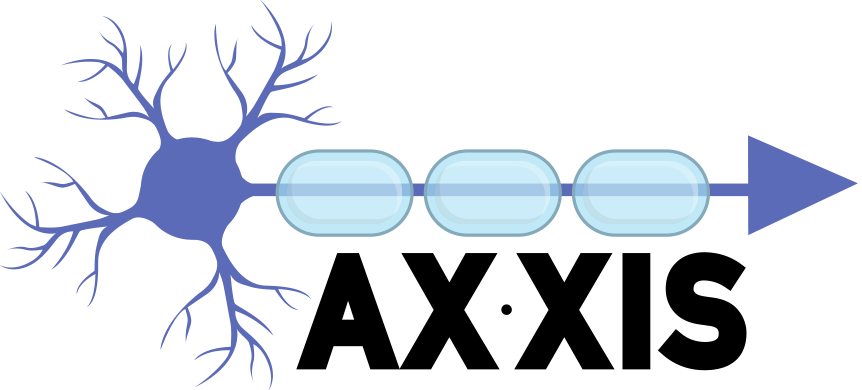
Proyecto del PROGRAMA PROMETEO
CIPROM/2022/15
financiado por:

EQUIPO INVESTIGADOR
Santiago Canals Gamoneda (IP1)
Yolanda Sanz Herranz (IP2)
Fernando Maestú Unturbe
David Moratal Pérez
Antonio Pertusa Ibáñez
Encarni Marcos Sanmartín
Alerie Guzmán De la Fuente
Silvia De Santis
Luis Antón Toro
White Matter in Alcohol Use Disorders: A new Target of the Gut-Brain Axis
A major unmet medical need: Europe is the heaviest drinking region in the world, approximately 23 million Europeans are alcohol dependent. The costs of alcohol dependence in Europe have been estimated to as much as 0.64% of GDP per country annually. However, what ultimately causes the harm associated with alcohol consumption is far from being understood.
The central hypothesis of this grant is that the adverse response to alcohol consumption occurs as a consequence of interactions in the gut-brain axis, leading to white matter damage. Based on our previous Prometeo-funded research program, we developed an analytical platform built on animal models, multimodal data (brain imaging, microbiome) and machine learning to identify biomarkers of gut-brain interactions that will be now applied to a human cohort of adolescent binge drinkers. We expect to validate some of the microbial biomarkers found in our previous work in animal models. Then, the causal role of the human microbiota alterations and the mechanisms of action will be further investigated by humanizing mice microbiota with identified species, where the phenotype is expected to be replicated.
Furthermore, our previous results showed that the white matter, composed by axonal bundles and myelin, was a preferential target for alcohol within the gut-brain axis in animals, and white matter was largely affected in alcohol use disorder (AUD) patients (De Santis et al. 2019, Pérez-Cervera et al. 2023). Given that axonal conduction velocity is regulated by the degree of myelination, and that this velocity determines the synchronization and coordination of computations between brain regions, we expect that white matter alterations may explain the alterations in functional connectivity found in AUD patients and animal models thereof, described by our group (Pérez-Ramírez et al. 2022, Bordier et al. 2022) and others (for a review see Sommer et al. 2022). Here, we will also test this hypothesis and whether the gut acts as conduit of this pathological process to the brain.
Overall, the project aims to provide innovative biomarkers based on the gut-brain interaction in humans, and to test a series of hypotheses that lead mechanistically from alcohol drinking to brain dysfunction through a gut-white matter axis where the microbiota could act as vector of protective or adverse effects.

 English
English